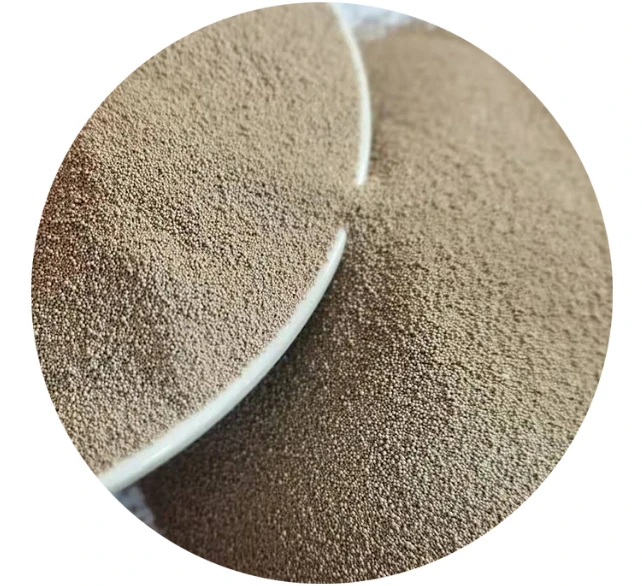

Cooling and solidification are the next steps. As the molten metal cools within the mold, it takes on the mold's shape and dimensions. During this phase, an understanding of the thermal properties of the metal and its interaction with the mold material helps in predicting potential outcomes and addressing issues like shrinkage or distortion. Engineers often rely on simulation software to enhance their predictions and adjustments, further demonstrating their deep-seated knowledge and authority in the process. Upon solidification, the sand mold is broken away, revealing the cast part. This stage requires precision tools and a careful touch, as the cast metal can still be fragile and subject to surface imperfections. Implementing rigorous quality control measures, including non-destructive testing and dimensional checks, ensures that the part meets specific standards and specifications. These measures not only guarantee product quality but also build trust with clients who demand reliability and excellence. The final step in the sand casting process is finishing. This may involve machining, polishing, or heat treatment to refine the part's dimensions, improve surface finish, and enhance mechanical properties. Expert technicians, with their wealth of experience, determine the optimal finishing techniques required for each individual part based on its intended application. In conclusion, the sand casting process remains a cornerstone of manufacturing with its blend of traditional methods and modern innovations. Its success lies in its ability to produce high-quality metal parts efficiently and economically, backed by a deep understanding of materials and processes. By leveraging experience, expertise, authoritativeness, and trustworthiness, industries continue to rely on sand casting as a reliable solution for their production needs. Post time:tammi . 14, 2025 12:56
Next:sand casting sand types
